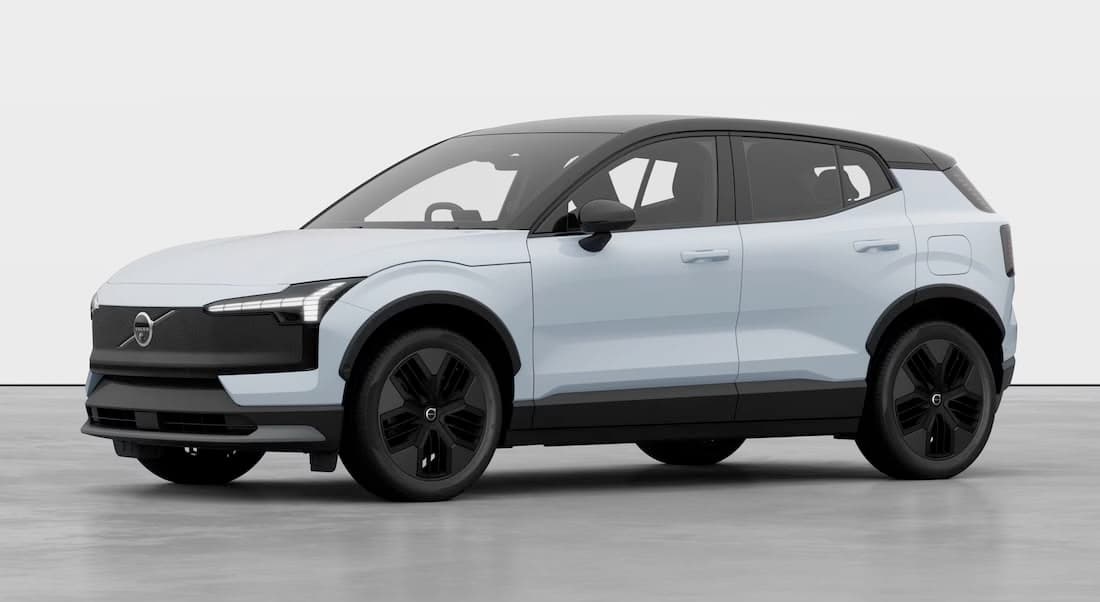Volvo EX30

Price Range
$63,990 - $69,990
Range (WLTP)
427 - 476 km
Battery Size
69 kWh
Variants
The single-motor EX30 can be upgraded to the Ultra trim level.
Performance
0-100 km/h
5.3 sTotal Power
200 kWTorque
343 NmTop Speed
180 km/hDrive
RWDRange & Efficiency
WLTP Range
476 kmWLTP Consumption
157 Wh/kmHighway Range
371 kmYour Real Range
Calculate Battery & Charging
Battery (nominal)
69 kWhBattery (usable)
65 kWhBattery type
NMCAC Charging
11 kWDC Charging
153 kWVehicle-to-Load (V2L)
NoDimensions & Weight
Length
4233 mmWidth
1836 mmHeight
1555 mmGround Clearance
171 mmWeight
1840 kgShape
Small SUVSeats
5Storage & Towing
Boot Space
318 LBoot Space (Max)
904 LFrunk
7 LTowing (Braked)
1400 kgTowing (Unbraked)
750 kgHow many Volvo EX30 have been sold in NZ?
There have been 198 registered to date (including 1 used imports).
Volvo EX30 registrations
Monthly units (includes new and used import)

